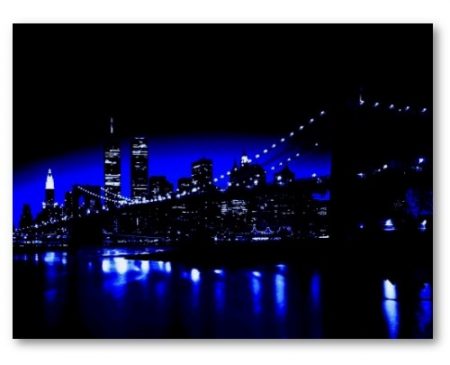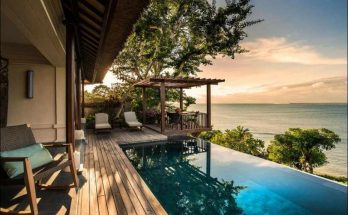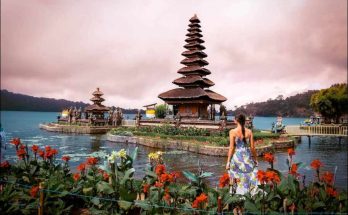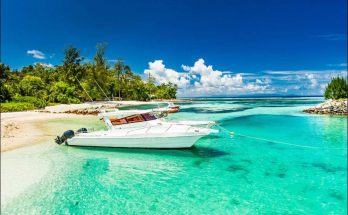Up through Brooklyn and along the great bridges there is continuous travel by trolley, motor, and foot, from early in the morning. Before nine o’clock the tide is at its flood. Around the New York exit of the Brooklyn Bridge the currents from many directions meet and mingle to make a veritable whirlpool of humanity that circles and eddies, foams and dashes, gets mixed up in a roaring swirl, then collapses in froth, dissipates, and finally trickles away in small streams to various points of the compass.
Of course there is a blocking of traffic, and occasionally an accident, due to the rush off or on the cars, that produces confusion, excitement, loud protest, or angry denunciation. But this, though a not unusual occurrence, always leaves the pushed and hustled crowd more or less indifferent. Everyone knows that the thoroughfares are insufficient during “rush” hours; but they do not know how matters can be helped.
There is less of a crowd at the Williamsburgh Bridge because it is not the most direct route to the lower part of the city. It is one of the ways by which those who do business in the middle Broadway region travel, and it contributes its sum to the mass that each morning moves into the city; but it lends not directly to the congestion of the lower town. Still, though it is not a direct way, it adds something, like the ferries beneath it that keep coming and going from shore to shore.
Time was when the ferries at South and Wall and Fulton streets were the only means of getting into the lower town from Brooklyn, and they were then, in the morning hours, often loaded with people to the gunwales; but since the building of the new bridges and the opening of the Battery tube, they have been used but little. Eventually their occupation will be gone completely.
Thousands upon thousands swarm into the city from Long Island. Bridges creak and ferries strain and tunnels roar with the weight of them; and the rasp and shuffle of their feet along the decks, along the bridge approaches, and along the flagged streets help make that deep undertone of the city to which the electric cars add the high note.
Yet Brooklyn and beyond is only one source of intake. The shores of the Upper Bay, Staten Island, Coney Island, send up their quota by steamer and ferry-boat; while from the Hudson, reaching far into the state, steamboats and railways are bringing down and disembarking more thousands to swell the throng. But the body of commuters that comes in from New Jersey is, perhaps, the greatest of them all.
Probably four hundred thousand people is a moderate estimate for those who daily travel into New York from across the Hudson. It is nearer, no doubt, to a million. The local trains on all the railways through New Jersey are crowded from seven to ten in the morning, and the double-decked ferries that push and snort and whistle their various ways from shore to shore look black with massed humanity.
Again, as on the East River side, there are long tunnels under the Hudson, carrying passengers in swift electric cars; and these are lessening the crush on the ferries for the time being, but it will not be long before both tunnels and ferries are once more inadequate. The population in New Jersey that comes and goes daily to New York is increasing by thousands each year, and the greater the ease in getting to town, the better the traveling facilities, the more people there are willing enough to live in the country in preference to the crowded quarters of the upper city.
Blue New York City Poster Print, New York City Skyscrapers Brooklyn Bridge Posters, New York City Skyscrapers at Night, Blue Night Moonlight Effect NYC Skscrapers Photo Picture, Manhattan Financial District at Blue Night Pop Art Style Digital Photo Image
Visits: 127



